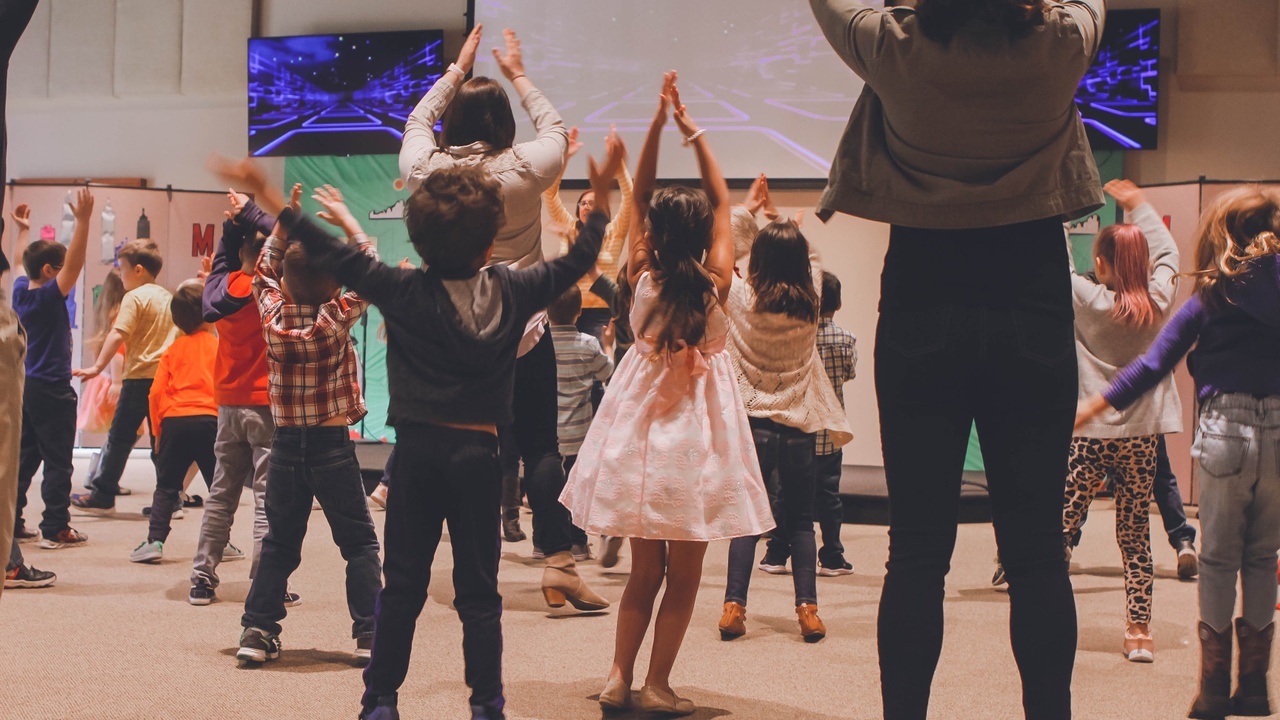‘Puberty changes in my child caught me by surprise’. The exciting changes you need to start talking about by age 8
Aug 26, 2021
Originally posted 12/04/2017
"Puberty changes in my child caught me by surprise"
It's alarming how often I hear this from parents. Here is a tip - just like paying taxes, puberty is also a certainty. Make sure you are prepared for it so that you can support your child. Research shows that children who have accurate, comprehensive human sexuality education from a young age have better outcomes for their sexuality journey through life.
When they have good knowledge, they:
- accept the changes that are happening to their body
- feel good about their bodies
- make better decisions regarding relationships later on
- can manage the changes that take place
- understand changing from a child to an adolescent to an adult
- understand human reproduction
- don't feel shame or guilt about their normal thoughts and experiences
Puberty occurs: Age 8 - 18
In Physical Girls: Approx. 8-14
In Physical Boys: Approx. 9-14
Everybody is different
Puberty education at home
|
Parents and carers need to be the main sexuality educators for their children. The problem is many parents have not had adequate sexuality education themselves. Make sure you have done some reading and research as this helps with your confidence in having these ongoing an important conversations. I highly recommend The Parents’ Guide to Puberty, written by an Australian Author, Cath Hakanson from Sex Ed Rescue, who is a sexual health professional with many years of experience. The books is comprehensive, easy to read and I believe, is an essential component of every parents 'toolbox'. Click here for a book list for children.
|
 |
Puberty education in schools
Thankfully, it is compulsory (in most states of Australia) for schools to provide age appropriate, human sexuality education. Obviously parents are free, to opt out and remove their children from these lessons if they wish to.
In my experience, parents RARELY remove their children. Most parents understand the immense importance of human sexuality education for their children. For example, the most recent school I was involved in, with over 500 students receiving sexuality education from Prep to Year 6, not one parent removed or opted their child out of the education. This is because of a transparent whole school approach of letting parents know what will be taught and when it will be taught.
Providing parent and teacher sexuality education to the school community is also a beneficial aspect of children's learning and support. Probably the most important outcome of this comprehensive approach to sexuality education is protecting children from abuse.
Examples of puberty education in schools
Pictures below are of a class group activity lesson plan for 10 - 12 year olds. The cards can be found on page 144 of this document: Catching On Early: Teaching and learning activities Sexuality Education Victorian Primary Schools.
This activity gets students to identify whether the changes listed on the cards happen to physical boys (I prefer the terminology: Bodies with penis & testicles), physical girls (I prefer the terminology: Bodies with vulva & ovaries), or both (I prefer the terminology: all bodies). As you have read, when I use this activity, I adapt the language to encompass the diversity of human bodies, and this change in language is something I would encourage you to do with your children also.
In the activity below, the card we discuss the most is: 'bigger muscles' in physical males, we talk about how muscle size is not the only measure of strength: (i.e. intelligence, resilience, personality, determination, skill) and that just because someone has bigger muscles, does that mean they have power over another person? A great teachable moment for respectful relationships and equality.







